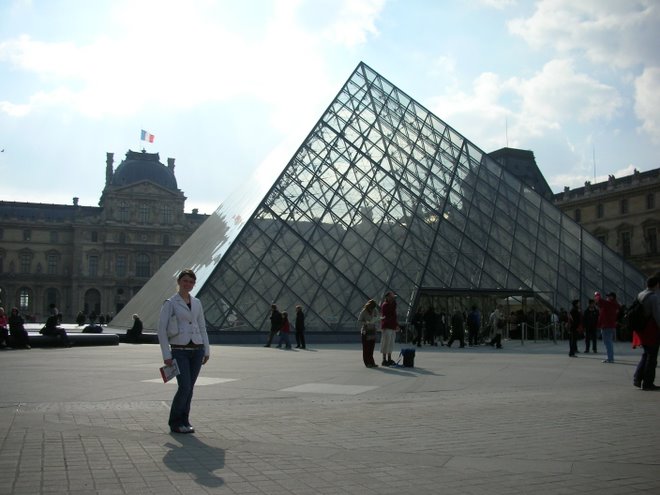
But what makes a "Seismic City?" The three main programs of the city are:
1] residential/commercial buildings to withstand the tremors of an earthquake. This two story house made of wood and stucco was built to withstand earthquake tremors measured at a magnitude of 6.7, the same magnitude as the reverberations recorded near the epicenter of the 1994 Northridge earthquake that caused a significant amount of damage to the city of Los Angeles [estimated 40 billion US dollars]

 The housing as well as research stations are completely enclosed in the earthquake planes [instead of being built on the ground plane].
The housing as well as research stations are completely enclosed in the earthquake planes [instead of being built on the ground plane].2] research centers to monitor seismic motion and projecting exaggerated vibrations and sounds during an earthquake. People that live in the city will be able to hear an earthquake as it occurs. The city will be dedicated to research facilities and seismic stations. When cities or urban areas are located on land, they monitor the movement under the earth's crust. However, when a city is located in the ocean, the research can be geared more toward water displacement, created waves, and vibrations underwater.
3] flexible transportation to link the outer "planes" of the city [since the hub is the only part where the building planes intersect].
 However, one thought is that the the roles of the city and the transportation are reversed. If instead the transportation were static and the city were flexible, this could eliminate damage, but deeply impact physical communication within the city. The architecture would absorb the impact of the tremors,
However, one thought is that the the roles of the city and the transportation are reversed. If instead the transportation were static and the city were flexible, this could eliminate damage, but deeply impact physical communication within the city. The architecture would absorb the impact of the tremors,  but the roads systems could be effected by the impact because they may be less grounded or structurally sound. Elizabeth Hickok created the city of San Franciso out of jello and studied the effects of a simulated earthquake to observe the possibilities.
but the roads systems could be effected by the impact because they may be less grounded or structurally sound. Elizabeth Hickok created the city of San Franciso out of jello and studied the effects of a simulated earthquake to observe the possibilities. 

1 comment:
Mandi, I think it's interesting that you have investigated developing the epicenters of earthquakes rather than avoiding them as sites for architecture. I am still unsure, however, how these seismic cities would be more than just research posts? Or maybe that's all they are...as in the cities become architecture labs for developing design that can sustain earthquakes.
What is the significance of building on the planes of the fault lines rather than the ground plane as you mention? It would be intersting to see the difference between these planes in a model.
Also, it would be cool to see a map of the locations of these seismic cities to understand their position relative to existing cities.
Finally, as you pointed out trasportation infrastructure is vital to a city, because of this it seems that you would have to directly link the infrastructure to the buildings of the city. As in, they are either both flexible or both static. Maybe all the connections are elevated above the ground plane so that they are indpendent. I guess, then there's still the problem of linking the city to the land around it.
The jello San Francisco makes me hungry.
Post a Comment